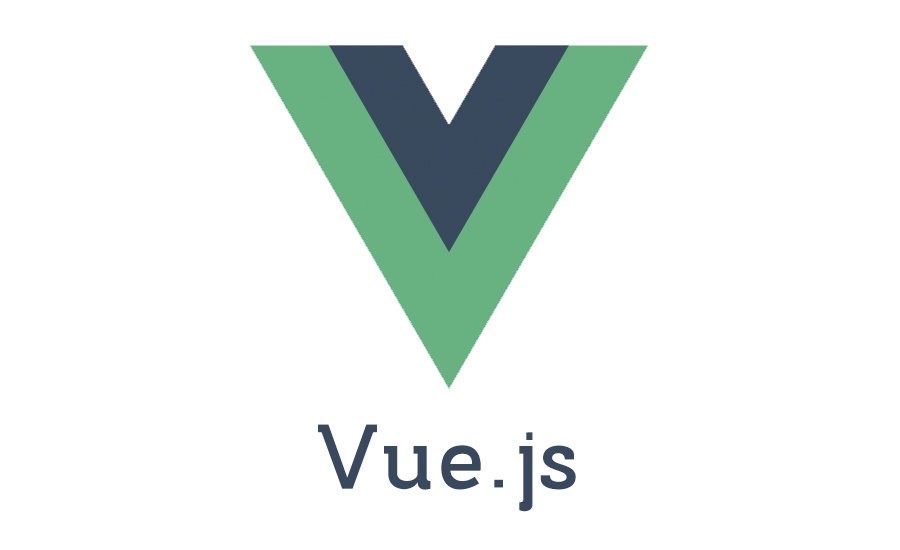
Your future website and the way it works and looks largely depends on what exactly you choose as a framework.
The world of web development is constantly changing, and it is very important to understand the direction in which these changes are moving.
To keep yourself up-to-date with the trends, here’s a selection of the most popular web development frameworks in 2021.
Angular.JS

Angular.JS is undoubtedly the most popular open-source JavaScript framework supported by Google. In addition to its rich standard library, there has been a wide range of extensions written for it.
Angular.JS provides the amazing combination of a low entry threshold and a rich feature set. To start writing small applications on it, you will need several hours of free time. However, it will take months to study all its capabilities and learn to use them.
Angular.JS supports Ajax, DOM structure management, animation, patterns, routing, and other features. The powerful framework and its rich functionality are finding uses in more and more web applications.
React.js

React.js is one of the most popular libraries used for sophisticated frontend solutions. It was introduced on Facebook in 2013 and gained popularity very rapidly. Well-known companies, including Instagram, Airbnb, eBay, Netflix, Yahoo, and others use it in production.
React is based on the concept of dividing the user interface into separate self-contained parts — components that are easy to maintain and develop.
You can even create separate components and then use them in different projects, transferring them easily Between projects.
The freedom of action allowing you to use a huge number of approaches to building apps (redux, mobx, and others) is one of the main features of React.js. They are not part of React.js itself but its architectural superstructures, which are constantly developing as well.
Vue.js

Vue.js features an incrementally adaptable architecture that focuses on declarative rendering and component composition. The core library is focused on the view layer only. Advanced features required for complex applications such as routing, state management, and build tooling are offered via officially maintained supporting libraries and packages
Vue.js allows for extending HTML with HTML attributes called directives. The directives offer functionality to HTML applications and come as either built-in or user-defined directives.
The Framework has a very tiny downloadable size of about 18 KB which is excellent compare to other frameworks with large sizes. However, with that size, Vue.js will positively impact the SEO and UX of your frontend application.

Comments